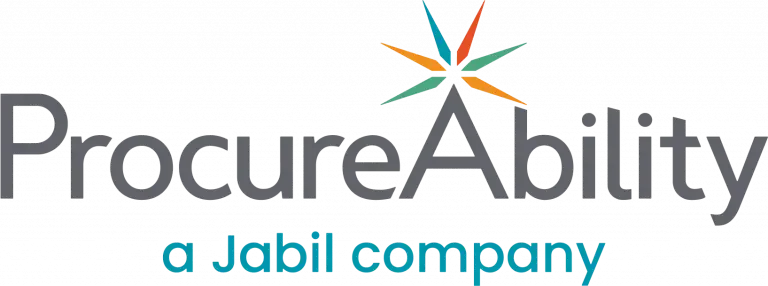
Traditional outsourcing negotiations often take a win-lose approach, with procurement teams pushing for the lowest possible cost. This transactional mindset may save money upfront but often erodes supplier relationships and limits long-term value.
A more modern alternative—the Vested Outsourcing model—flips that dynamic. It builds collaborative, performance-driven partnerships where both parties win. This approach aligns incentives, fosters innovation, and drives measurable success.
Pioneered by industry leaders like Microsoft and McDonald’s, Vested Outsourcing is quickly becoming a best practice for organizations that want to improve performance, reduce total cost of ownership, and strengthen supply chain resilience. At its core, Vested reframes outsourcing as a shared-value partnership grounded in five key principles any procurement team can apply.
1. Shift from Transaction-Based to Outcome-Based Models
Traditional outsourcing contracts pay suppliers per transaction, which often discourages efficiency or innovation. Vested Outsourcing, however, rewards results—not activities.
By structuring agreements around defined business outcomes—such as increased uptime, faster delivery, improved sustainability, or cost savings—procurement teams align supplier success directly with enterprise performance. When outcomes improve, everyone wins.
2. Focus on the “What,” Not the “How”
Instead of prescribing detailed processes, Vested buyers define success and let suppliers determine how to achieve it.
This empowers suppliers to apply their expertise and innovate while procurement focuses on performance management and value creation. The result is a more agile, collaborative relationship—one where procurement acts as a partner, not a controller.
3. Define and Measure Outcomes That Matter
Equally important, clarity drives accountability. Successful Vested partnerships start by identifying no more than five quantifiable outcomes that reflect strategic priorities—such as delivery lead time, cost-to-serve, carbon footprint, or customer satisfaction.
Procurement embeds these KPIs directly into contracts and performance frameworks to ensure compensation ties to results, not effort. This structure builds shared accountability and keeps both sides focused on outcomes that drive enterprise value.
4. Align Incentives with Optimized Pricing Models
Incentives shape behavior—and well-designed pricing structures create alignment. Vested agreements use pricing structures that balance cost, service, and risk while motivating continuous improvement.
These models typically include:
- Balanced risk-reward structures that protect both parties from volatility.
- Outcome-based compensation that rewards suppliers for achieving strategic results, not just completing transactions.
When suppliers benefit from innovation and efficiency, they’re naturally invested in helping the business grow.
5. Govern Through Insight, Not Oversight
Finally, effective governance relies on insight, not micromanagement. Vested partnerships rely on shared dashboards, joint KPIs, quarterly reviews, and real-time performance analytics. These tools help procurement gain meaningful insights, identify issues early, and drive joint problem-solving.
By replacing oversight with insight, procurement strengthens supplier relationships and maximizes value creation across the partnership.
Why Procurement Leaders Are Choosing Vested Outsourcing
Modern procurement organizations are moving beyond cost-cutting to become strategic enablers of growth and innovation. As global markets grow more volatile and supplier ecosystems more complex, Vested Outsourcing offers a proven framework to:
- Strengthen supplier relationship management (SRM)
- Drive innovation and process improvement
- Enhance transparency and accountability
- Improve risk management and continuity
Whether you’re outsourcing logistics, IT, facilities, or professional services, a Vested mindset helps your team unlock more value from external partners and elevate procurement’s role as a strategic business driver.
From Insight to Action: Elevate Your Outsourcing Strategy
Procurement leaders are expected to do more than reduce spend—they’re asked to create resilience, innovation, and long-term value. By adopting the Vested Outsourcing model, your team can move from transactional supplier management to strategic, outcome-based partnerships that align incentives, optimize performance, and mitigate risk.
When procurement focuses on clear outcomes, shared goals, and win-win pricing models, outsourcing becomes a competitive advantage—not just a cost lever. As supply chains continue to evolve, Vested Outsourcing provides the blueprint for building lasting partnerships that drive growth and future-proof your operating model.



